Disclosure: This article contains affiliate links. We may earn a commission from purchases at no extra cost to you, which helps our travel content.
New York City – that magnificent urban jungle where steel and concrete reign supreme. Yet beneath this metropolitan façade lies a surprising tapestry of wild spaces waiting to be discovered. As someone who has spent decades exploring deserts and remote landscapes, I've developed a peculiar fascination with how nature asserts itself within urban environments. La nature trouve toujours son chemin, as we say in French – nature always finds its way. During my sustainability conferences in Manhattan, I've made it my mission to escape the conference rooms and discover the city's hidden pockets of wilderness. What I've found has been nothing short of revelatory: kayaking alongside abandoned islands, hiking urban forests that predate the city itself, and gardens that serve as living laboratories for climate resilience. This guide is for couples seeking connection – with each other and with the surprising wilderness that thrives within America's most densely populated city. Join me as we venture beyond the well-trodden paths of Central Park to discover twelve unexpected outdoor adventures across all five boroughs.
The Forgotten Wilds of Staten Island
Staten Island – the borough that feels perpetually overlooked – harbors some of the most pristine natural areas in the entire city. The crown jewel is undoubtedly the Greenbelt, a sprawling 2,800-acre network of forests, wetlands, and meadows that feels impossibly removed from city life.
My first encounter with the Greenbelt came during an unusually warm June day three years ago. As I hiked the Yellow Trail through the dense oak-hickory forest, the sounds of the city completely disappeared, replaced by the rustling of leaves and distant woodpecker drums. The path wound through glacial kettles and moraines – geological features formed some 15,000 years ago when the Wisconsin glacier retreated. These ancient landscapes tell stories that predate human settlement by millennia.
For couples seeking true immersion, I recommend the 8-mile loop combining the Blue and Yellow trails. Pack a picnic to enjoy at Moses' Mountain, an artificial hill created from rubble of the unfinished Richmond Parkway project – a perfect example of how abandoned human endeavors can transform into ecological havens.
Nearby, the Clay Pit Ponds State Park Preserve offers another dimension of wilderness. Once an industrial site where clay was harvested for brick-making, nature has reclaimed this space with remarkable vigor. The rare sand barrens ecosystem supports specialized plants like the prickly pear cactus – yes, actual cacti growing wild in New York City! As someone who studies desert ecosystems professionally, finding these drought-adapted species thriving here feels like discovering old friends in unexpected places.
For bird-watching enthusiasts, bring your compact binoculars – the wetland areas support over 180 bird species, including great blue herons and red-tailed hawks that soar above these forgotten wilds.
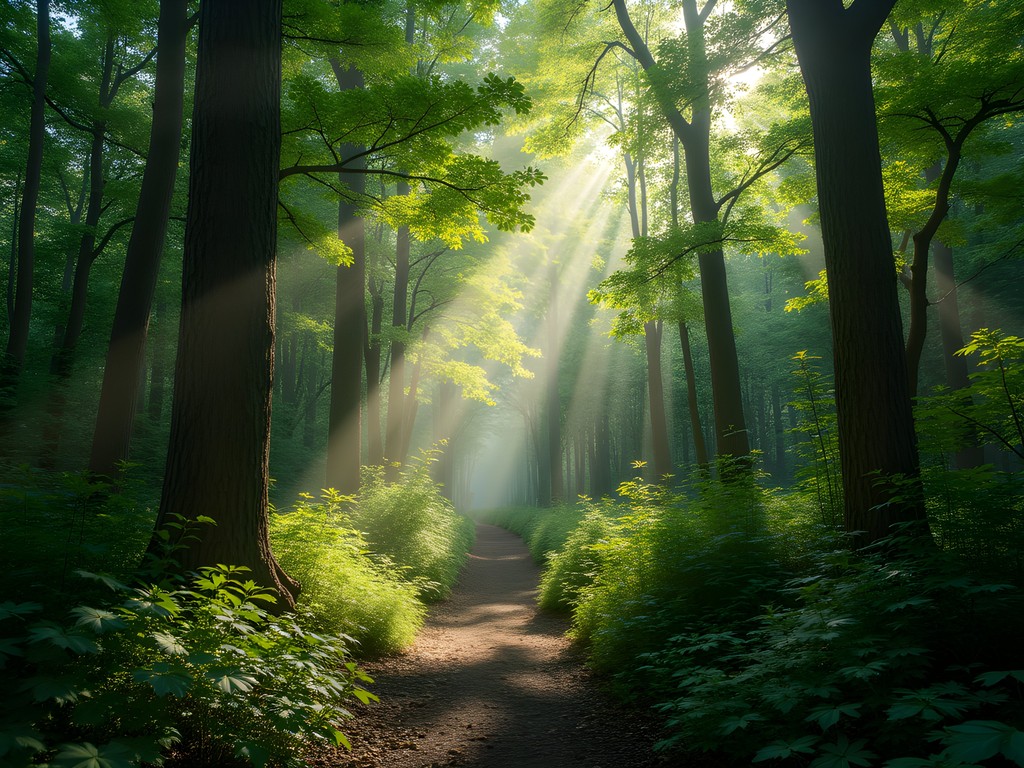
💡 Pro Tips
- The Staten Island Greenbelt's Nature Center offers free maps and guided walks every weekend
- Visit Clay Pit Ponds early morning for the best wildlife viewing opportunities
- Pack insect repellent during summer months – the wetland areas can harbor hungry mosquitoes
Urban Paddling: Waterways of the Bronx
The Bronx River flows like a liquid timeline through New York's northernmost borough – a 23-mile waterway that witnessed the area's transformation from Lenape homeland to industrial corridor to today's blend of urban density and surprising wilderness. Paddling these waters offers a perspective of the city that few experience.
My love affair with the Bronx River began during a community cleanup event with the Bronx River Alliance. What started as volunteer work quickly evolved into a profound appreciation for this resilient ecosystem. The river, once so polluted it was essentially declared dead, now supports more than 30 fish species and serves as a vital migration corridor for alewife herring.
For couples seeking romance with a dash of adventure, I recommend booking a guided sunset paddle through the Concrete Plant Park section. As the day's light softens, you'll glide past the architectural remnants of the concrete plant – now artfully incorporated into a waterfront park – while herons stalk the shallows nearby. The juxtaposition of industrial history and natural rebirth creates a uniquely New York experience.
Further north, the river winds through the New York Botanical Garden and the Bronx Zoo, offering paddlers glimpses of landscapes designed by the legendary Olmsted brothers. Here, the river narrows and accelerates slightly, creating gentle riffles that add just enough excitement without requiring technical skills.
For those without their own equipment, the Bronx River Alliance hosts regular paddling events where all gear is provided. I recommend wearing quick-dry clothing and bringing a waterproof phone case – you'll want to capture the unexpected beauty of these urban waterways without worrying about splashes.
The ecological restoration of the Bronx River represents one of America's most inspiring environmental success stories. As you paddle, notice the native plantings along the shoreline – part of ongoing efforts to strengthen the river's resilience against climate change and storm surges. These living shorelines remind me of traditional practices I've documented in Morocco's oasis communities, where strategic plantings have protected waterways for centuries.
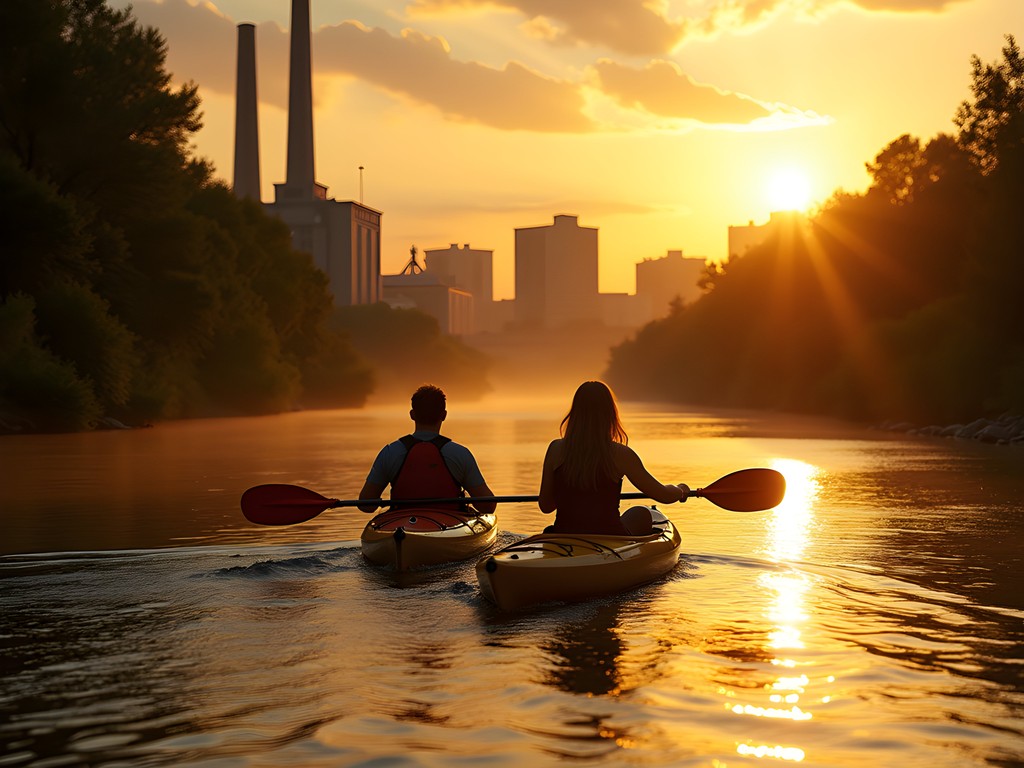
💡 Pro Tips
- Register in advance for Bronx River Alliance paddling events – they fill quickly
- The stretch between 180th Street and Concrete Plant Park offers the best balance of accessibility and natural beauty
- Visit during weekdays if possible – weekend paddles can get crowded in summer months
Queens: The Borough of Secret Beaches
When one imagines New York City beaches, the crowded shores of Coney Island typically come to mind. Yet Queens harbors several coastal treasures that remain surprisingly uncrowded, even during summer months. These hidden shorelines offer couples both tranquility and glimpses into the remarkable ecological resilience of the city's coastal ecosystems.
The jewel among these is undoubtedly Plumb Beach, tucked along the Belt Parkway in southern Brooklyn (despite the name, it's technically part of Gateway National Recreation Area, which spans multiple boroughs). During my first visit, I arrived at low tide to witness something extraordinary – horseshoe crabs emerging from the water to spawn, just as they have for over 450 million years. These living fossils, virtually unchanged since before the dinosaurs, create an ancient ritual along this urban shoreline each May and June.
For a more active beach experience, the recently restored Rockaway shoreline offers opportunities for beginning surfers. The jetties create gentle breaks perfect for learning, and several surf schools operate during summer months. After studying traditional fishing practices in coastal Morocco, I've developed a deep appreciation for how communities connect with their marine environments – seeing New Yorkers embrace surf culture feels like witnessing the formation of new cultural traditions in real-time.
Perhaps the most unexpected coastal experience awaits at Jamaica Bay Wildlife Refuge. Here, a network of trails winds through salt marshes and maritime forests, leading to secluded sandy areas where shorebirds outnumber humans. During migration seasons, over 300 bird species may pass through – making this one of the premier urban birding destinations in America.
For coastal explorations, I never travel without my water shoes – they provide essential protection when exploring the rockier sections of these urban shores while remaining comfortable for longer walks. The combination of sturdy soles and quick-drying materials makes them ideal for transitioning between terrestrial and marine environments.
What fascinates me most about Queens' hidden beaches is how they demonstrate nature's persistence. Despite centuries of industrial use, dredging, and pollution, these coastal ecosystems continue to function – providing habitat for countless species and natural buffers against storm surges. They represent living laboratories for climate resilience, offering lessons that parallel those I've documented in coastal desert communities facing similar challenges.
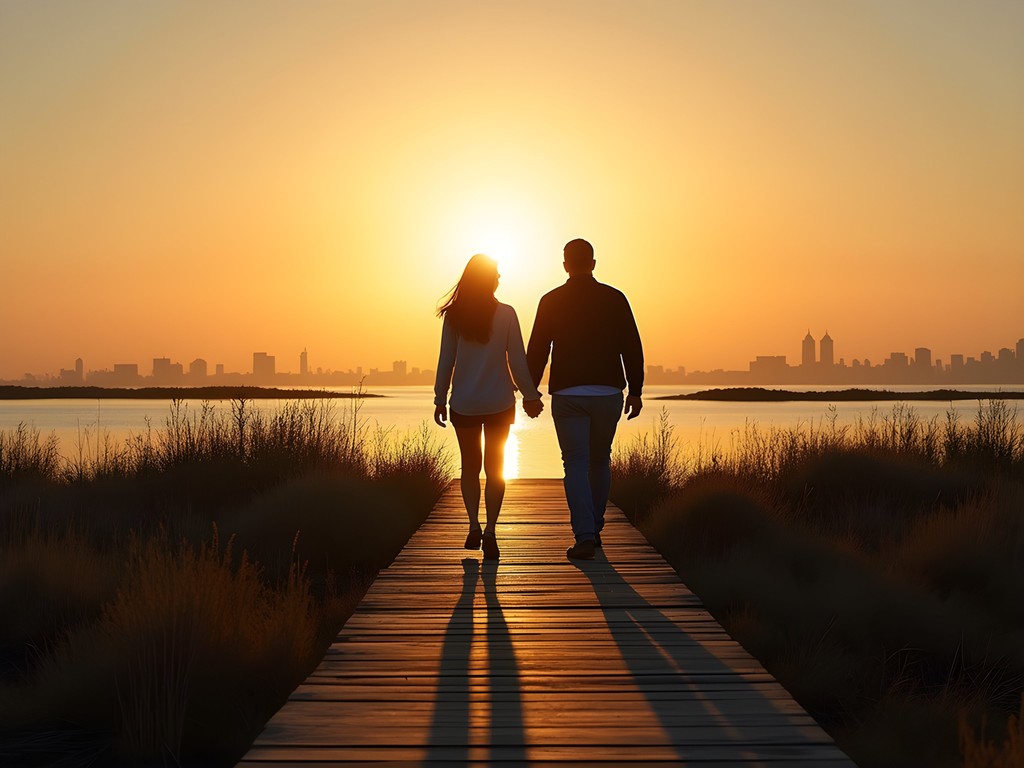
💡 Pro Tips
- Visit Plumb Beach at low tide during May-June to witness horseshoe crab spawning
- For Jamaica Bay Wildlife Refuge, check tide tables – some trails flood during extreme high tides
- The less-developed eastern end of Rockaway Beach offers more tranquility for couples seeking quiet beach time
Brooklyn's Industrial Wilderness
There exists a fascinating paradox in Brooklyn's post-industrial zones, where abandoned spaces have transformed into some of the city's most innovative green corridors. These areas tell stories of economic change, environmental justice, and ecological resilience – themes that resonate deeply with my work in sustainability.
The most dramatic example is surely the Naval Cemetery Landscape near the Brooklyn Navy Yard. This former burial ground has been reimagined as a native meadow ecosystem, with elevated walkways that guide visitors through swaying grasses and wildflowers that attract crucial pollinators. During my first visit on a warm July afternoon, I counted no fewer than seven butterfly species – including monarchs – feeding on the carefully selected native plants. The space serves dual ecological and psychological functions, creating habitat while offering a contemplative escape from urban sensory overload.
Nearby, the Brooklyn Greenway provides a continuous 26-mile route connecting these reimagined spaces. Cycling this path reveals how abandoned industrial sites can evolve into ecological assets. At Bush Terminal Piers Park in Sunset Park, former shipping piers have been transformed into tidal pools and coastal habitats that serve as living classrooms for local schools. The site demonstrates principles of green infrastructure I've documented in communities worldwide – how thoughtful design can create spaces that manage stormwater, provide habitat, and offer recreational opportunities simultaneously.
Perhaps most impressive is the transformation of Newtown Creek, once among America's most polluted waterways. Today, the Newtown Creek Nature Walk creates access points to this industrial waterway, where herons now fish in the shadows of oil tanks. The juxtaposition is jarring yet hopeful – a testament to nature's persistence when given even the slightest opportunity.
For exploring these industrial-turned-wild spaces, I recommend bringing a compact camera to document the striking visual contrasts. The ability to capture both wide landscapes and macro details of returning plant and animal life will help you appreciate the remarkable transformation occurring in these spaces.
What makes Brooklyn's industrial wilderness particularly meaningful is how it challenges conventional notions of what "nature" looks like. These are not pristine spaces but rather novel ecosystems emerging from human disturbance – much like the adaptive landscapes I've studied in Morocco's palm groves and Peru's terraced mountainsides. They remind us that the line between "natural" and "artificial" is increasingly blurred in our Anthropocene era.

💡 Pro Tips
- Visit Naval Cemetery Landscape on weekday mornings for the most contemplative experience
- The Brooklyn Greenway is best explored by bicycle – bring your own or use Citi Bike stations along the route
- Newtown Creek Nature Walk offers fascinating guided tours that explain the area's environmental history and ongoing restoration
Manhattan's Hidden Elevations
When most visitors think of Manhattan's topography, they imagine the flat grid of midtown streets. Yet the island's northern reaches contain dramatic elevation changes, hidden staircases, and unexpected vistas that create opportunities for urban hiking adventures that rival many wilderness experiences in terms of physical challenge and scenic reward.
Inwood Hill Park stands as Manhattan's last remaining old-growth forest, with towering tulip trees and red oaks that predate European colonization. The park's ridge trails offer surprising solitude and elevation gain, with stone outcroppings providing natural viewpoints over the Hudson River. During my visits studying the park's forest management approaches, I've often found myself completely alone on these trails – a remarkable experience in a borough of 1.6 million residents.
Further south, the interconnected system of parks including Fort Tryon, Bennett, and Highbridge Parks creates what locals call the "Manhattan Alps" – a series of steep, forested slopes and historic staircases that can be linked into a challenging urban trek. The elevation change is substantial – over 200 feet in some sections – creating microclimates that support surprising biodiversity. I've documented plant species here that are typically found much further north, surviving in cool, north-facing ravines.
For couples seeking both exercise and history, I recommend the "Hidden Waters Hike" – a self-guided route that follows the course of Tibbetts Brook, once a vital freshwater source that's now mostly buried beneath the city streets. The hike combines segments of established parks with urban exploration, revealing how water continues to shape the landscape despite human attempts to control it. This theme – of natural systems persisting beneath the urban veneer – parallels patterns I've documented in desert communities worldwide, where ancient water management systems often continue functioning beneath modern development.
For these urban hiking adventures, comfortable footwear is essential. My trail running shoes provide the perfect balance of grip for steep terrain and comfort for longer distances on varied surfaces. They've proven as valuable on Manhattan's hidden trails as they have on Morocco's remote mountain paths.
What makes Manhattan's elevated landscapes particularly special is how they preserve fragments of the island's original ecology. Inwood's forests and the rocky outcrops of northern Manhattan parks represent the ecological foundation upon which the city was built – a reminder that even our most developed urban environments rest upon natural systems that continue to function, albeit in altered forms.
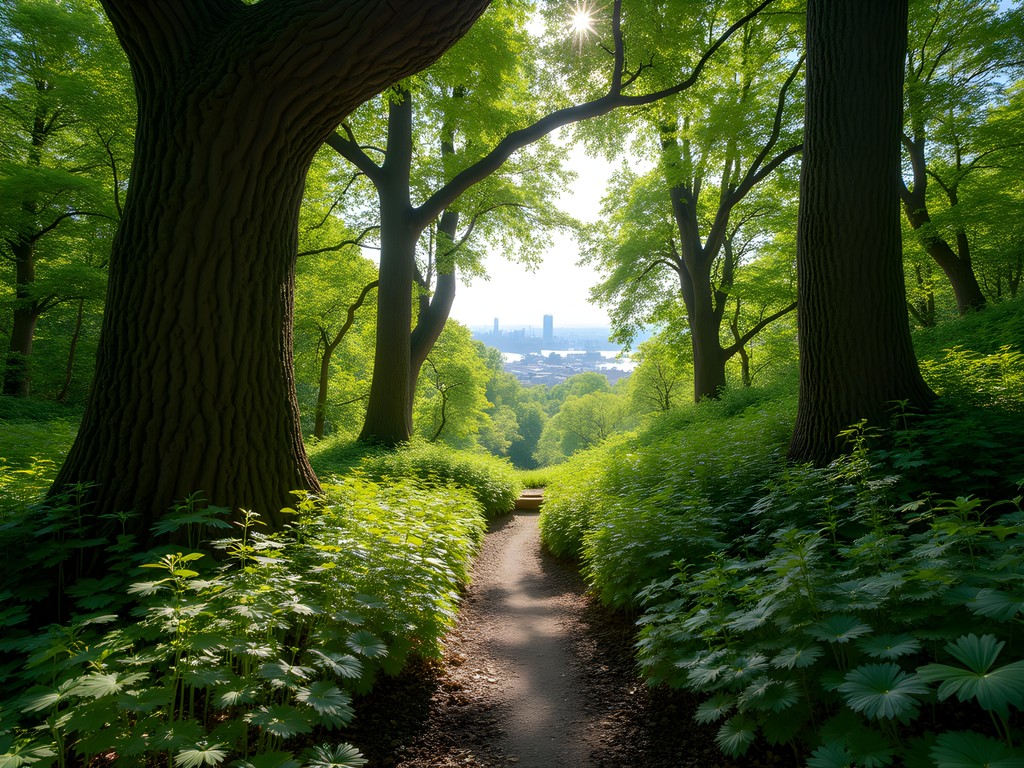
💡 Pro Tips
- The Fort Tryon Park Heather Garden offers spectacular Hudson River views with seating areas perfect for romantic picnics
- Visit Inwood Hill Park early morning for the best bird-watching opportunities – over 200 species have been documented here
- Manhattan's hidden staircases can be slippery after rain – wear appropriate footwear with good traction
Final Thoughts
As our urban centers continue to evolve, these hidden wild spaces take on new significance. They are not merely recreational amenities but vital ecological corridors, climate buffers, and living connections to the land's history before urbanization. The twelve adventures I've shared represent just a fraction of New York's unexpected wilderness offerings. What strikes me most, after years of documenting traditional ecological knowledge worldwide, is how these urban wild spaces demonstrate the same fundamental principle I've observed in desert communities from Morocco to Mongolia: resilience through adaptation. Nature finds expression even in our most developed environments, if only we learn to see it. I encourage you to venture beyond the familiar paths, to discover how the wild and urban intertwine in America's most iconic city. As French philosopher Gaston Bachelard wrote, "L'immensité est en nous" – immensity is within us. Sometimes the most profound wilderness experiences occur not in remote landscapes, but in the unexpected corners of our own urban backyard.
✨ Key Takeaways
- New York City contains diverse ecosystems across all five boroughs that offer genuine wilderness experiences
- Urban outdoor adventures provide unique opportunities to witness ecological resilience and adaptation
- The most rewarding outdoor experiences often lie in unexpected locations beyond tourist hotspots
- These hidden natural areas tell important stories about the city's ecological and cultural history
📋 Practical Information
Best Time to Visit
Late spring through early fall (May-October)
Budget Estimate
$50-150 per day for equipment rentals, transportation, and activities
Recommended Duration
5-7 days to explore multiple boroughs
Difficulty Level
Moderate (Some Activities Require Basic Fitness)


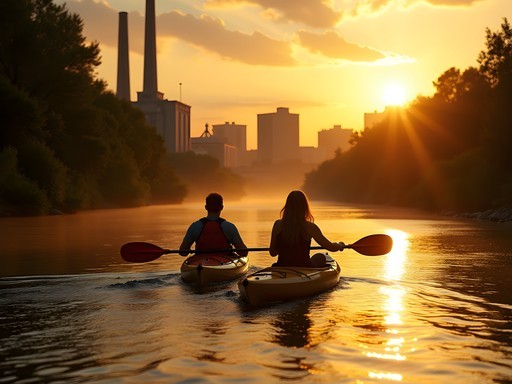
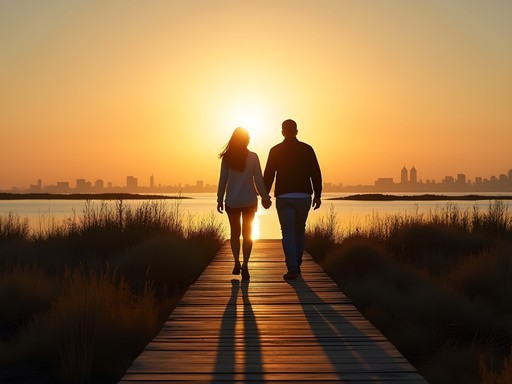
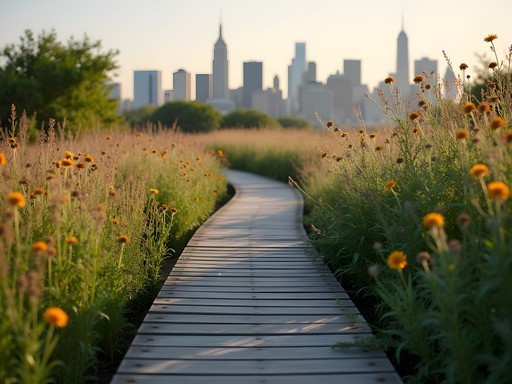
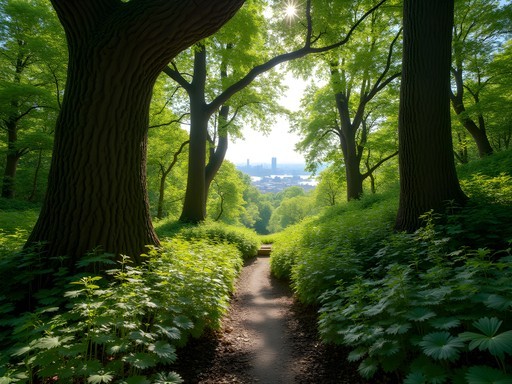


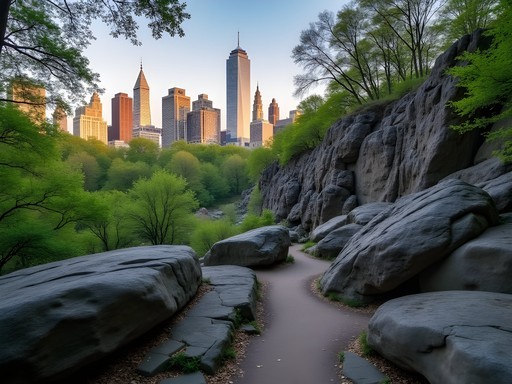
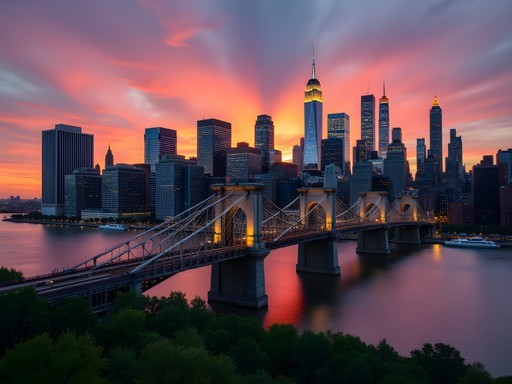
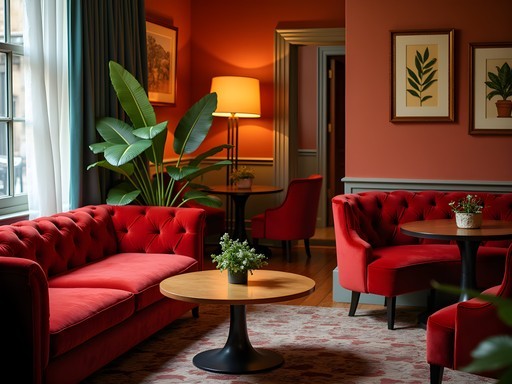





Comments
NYCLocal85
Don't sleep on Brooklyn Bridge Park's kayaking! Free sessions on weekends and the views are insane. Just get there early to sign up - lines form quick.
Bryce Diaz
Audrey, this is exactly the kind of NYC content we need more of! I've been documenting urban wilderness spaces across America, and NYC's diversity is unmatched. Last month I spent a day at Pelham Bay Park in the Bronx - at over 2,700 acres it's actually NYC's largest park (3x bigger than Central Park!) but tourists rarely visit. The Kazimiroff Nature Trail takes you through forest to a pristine beach where I spotted migrating birds and barely saw another soul. Orchard Beach gets crowded, but walk north along the shore and you'll have the place to yourself. For anyone visiting NYC who needs a nature fix but can't leave the city, this article is gold.
Megan Martin
Fantastic post, Audrey! As someone who's led corporate team-building activities around NYC for years, I can vouch for the Bronx River paddling experience. It's truly surreal to be kayaking with skyscrapers as your backdrop. For anyone interested, the Bronx River Alliance runs weekend sessions from April through October. I recommend their sunset tours - the lighting is perfect for photos, and you might spot some urban wildlife. I always bring my waterproof phone case because the splashing is real, but the photo opportunities are too good to miss!
redguide
What's the best month to do the Bronx River kayaking? Trying to avoid crowds.
Megan Martin
September is perfect - still warm but way fewer people after Labor Day. October is beautiful with fall colors but can get chilly on the water.
redguide
Staten Island greenbelt is legit. Did the High Rock trail last fall. Felt miles from NYC.
moonblogger
OMG this is exactly what I needed!! I'm visiting NYC next month and was feeling overwhelmed thinking I'd just do the usual tourist stuff. Those hidden beaches in Queens sound AMAZING! Has anyone actually been to Fort Tilden? Is it easy to get there without a car?
Megan Martin
I've been to Fort Tilden several times! It's definitely worth the trip. You can take the NYC Ferry from Wall Street to Rockaway, then it's about a 20-minute walk or quick bike ride. The Q35 bus also gets you close. Pack water and snacks though - amenities are limited!
moonblogger
Thanks so much Megan! Ferry sounds like a fun option. Adding this to my itinerary for sure!
sunsetbuddy
Never heard of Fort Totten Park before this! Adding it to my weekend plans!
smartbuddy
Fort Totten is amazing! Make sure to check out the old battery installations - they're like something from another era.
smartbuddy
Just got back from exploring Brooklyn's Dead Horse Bay after reading this article. What a fascinating place - like an open-air museum of NYC history with all those vintage bottles washing up on shore! Definitely wear sturdy shoes though - lots of glass. The juxtaposition of nature reclaiming this industrial space was hauntingly beautiful. Caught an amazing sunset over Jamaica Bay too. The article is spot on about timing your visit with low tide for the best experience.
bluephotographer9234
Has anyone tried the Bronx River paddling mentioned in the article? Thinking of taking my kids (10 & 12) but not sure if it's suitable for beginners. Any rental places you'd recommend?
Bryce Diaz
I took my nephew kayaking there last summer! The Bronx River Alliance runs weekend paddling sessions that are perfect for families. They provide all the gear and basic instruction. The section near the Botanical Garden is calm and beautiful - you'll see herons and turtles. My waterproof phone case was essential - got amazing wildlife photos without worrying about splashes!
bluephotographer9234
Thanks so much! Will definitely check out the Alliance programs. Appreciate the tip!
escapemaster9968
Wow! I've lived in NYC for 8 years and never knew about half these spots! Just hiked through the Staten Island Greenbelt last weekend and it felt like I was hundreds of miles from the city. The trails were practically empty compared to the crowds at Central Park. The High Rock Park section was my favorite - those kettle ponds are so peaceful. Anyone else explored the Greenbelt trails?
sunsetbuddy
The Greenbelt is such a hidden gem! Did you stop by the Nature Center?
escapemaster9968
Yes! Got a trail map there that was super helpful. The staff gave us great tips about which trails to take.
wanderexplorer
Heading to NYC next month with my teens who are completely over the typical tourist stuff. Which of these would be best for adventure-loving but city-dwelling 15-year-olds who think they've 'seen it all'? The zipline at Alley Pond Park sounds promising but wondering about the difficulty level.
coolmaster
My teenagers LOVED the zipline course! It's challenging enough to be exciting but safe for beginners. The kayaking was also a huge hit with them.
wanderexplorer
Perfect, thanks! Sounds like we'll try both!
Venture X
Premium card with 2X miles, $300 travel credit, Priority Pass